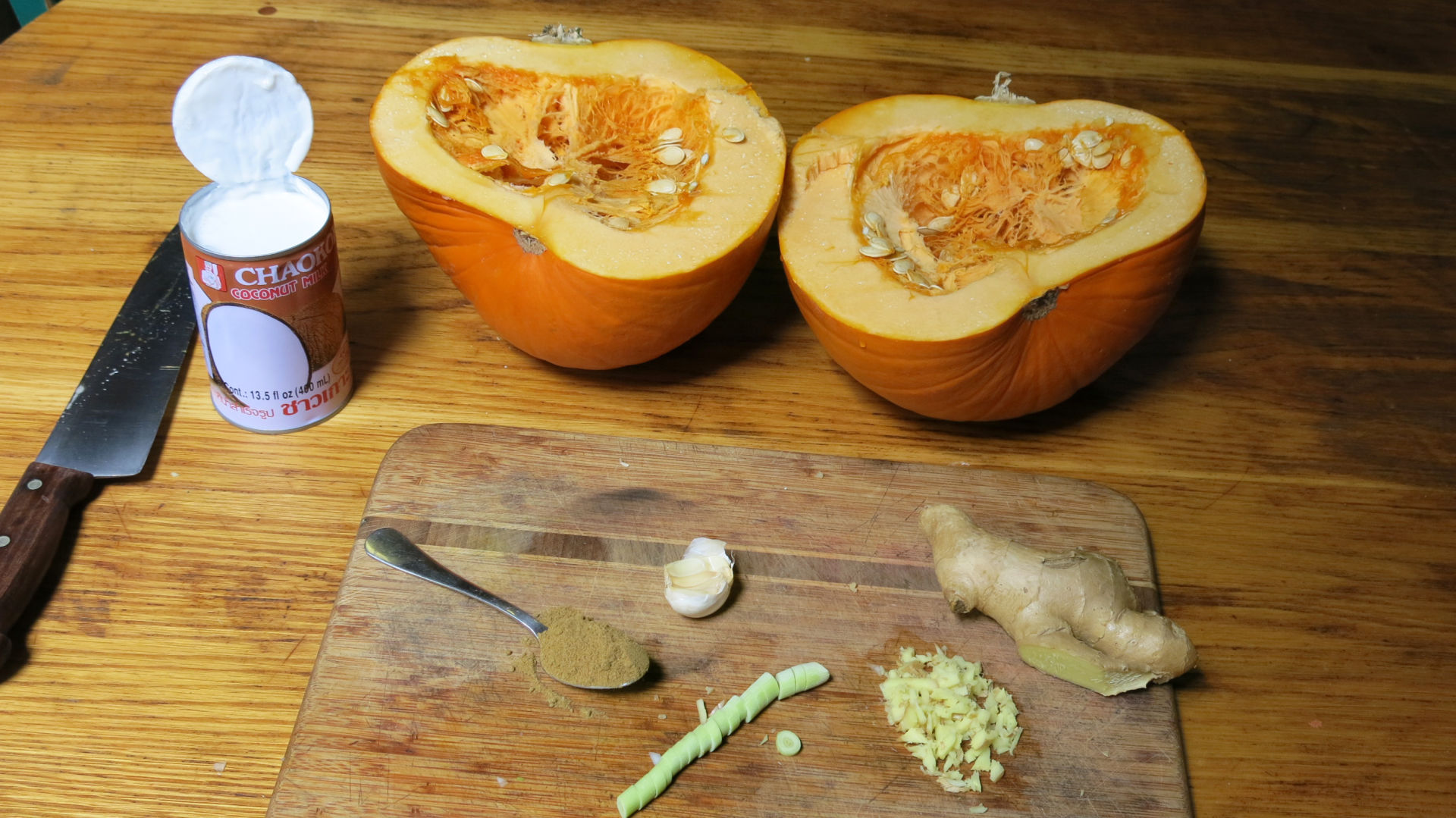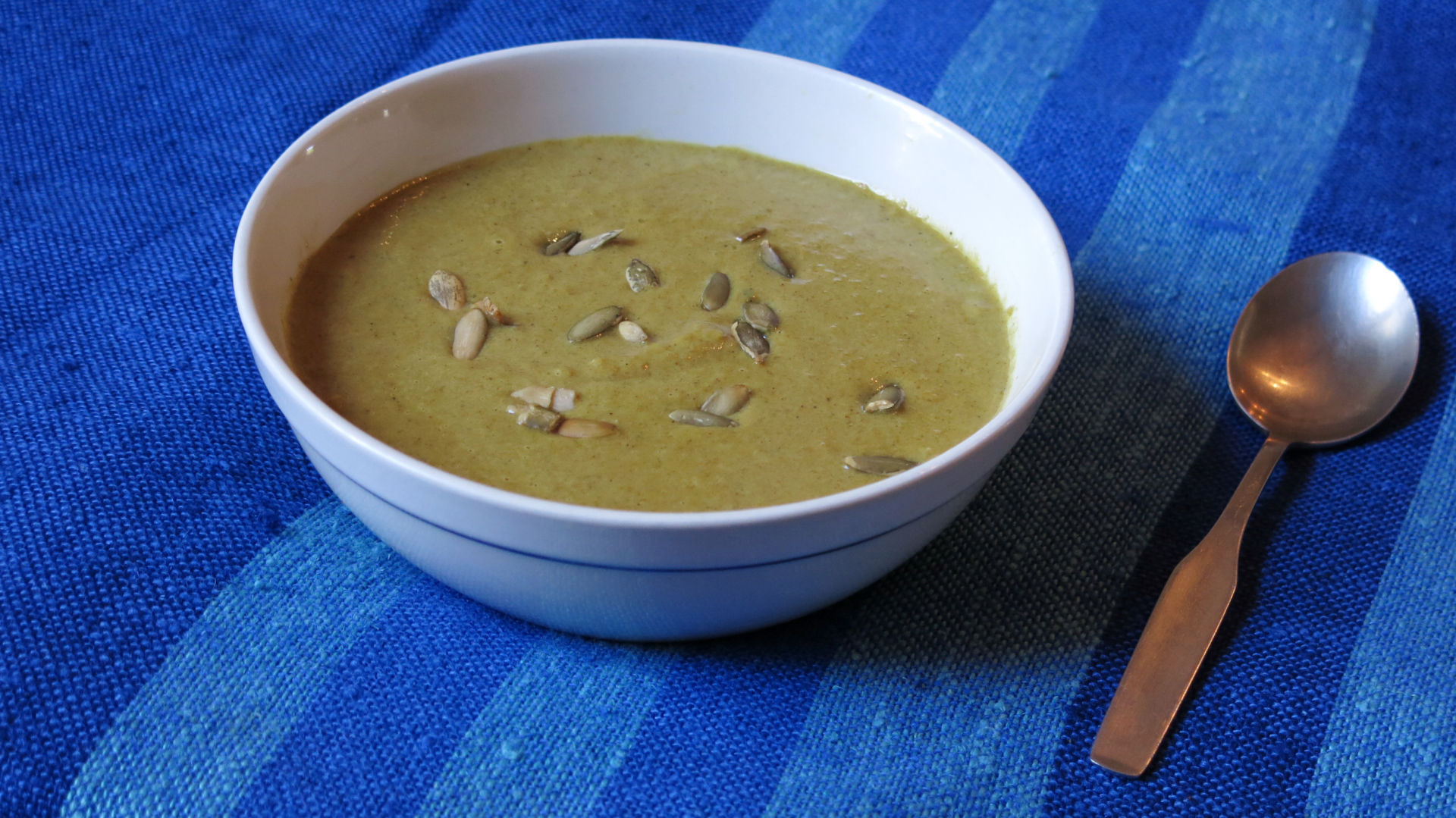Pumpkins of almost any variety have flesh high in fiber and beta carotene. Their seeds, delicious when toasted or baked, can be rich in vitamin B-12, potassium and protein.
But we didn't eat the vast majority of the 1.91 billion pounds of pumpkins grown in the U.S. in 2014, according to the U.S. Department of Agriculture. Instead we, of course, carved faces into them, set them aglow and perhaps left them to sit outside for days. And then we tossed them.
Earlier this week, the U.S. Energy Department warned that when Halloween pumpkins end up in the landfill, they generate greenhouse gas emissions. The agency is hoping to turn them into energy and fuel one day soon.
That got us wondering: Could we be eating more pumpkins, too? About a fifth of the pumpkins we grow are processed for food products liked canned pumpkin. But given all the attention on food waste these days, it seems a shame that so many of the rest of these fresh, nutritious fruits never make it onto the table.

The Howden pumpkin – the most common variety for decorative uses – has been bred for size, shape, color and having a handle-like stem for easy carrying, according to Katie Kammler, horticulture specialist with the University of Missouri Extension. "If it was my choice, [carving pumpkins] are not what I'd want to eat," Kammler says. Instead, she'd prefer one of the smaller, denser, sweeter varieties – like the jack-be-little, Jarrahdale, sugar pie, Hubbard or kabocha, which have been selected over time for flavor and texture.

